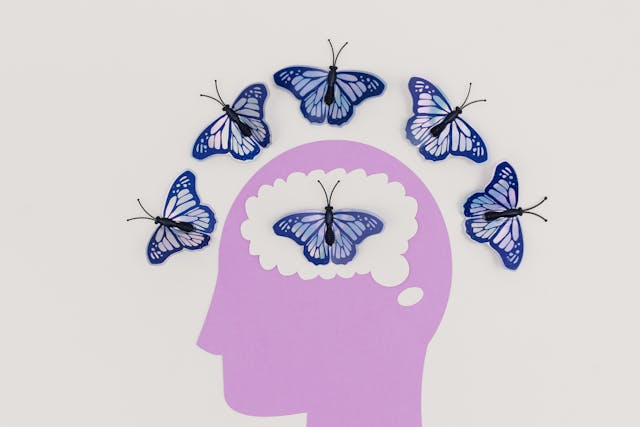In a world increasingly shaped by digital interactions, the psychology of user experience (UX) is emerging as a powerful tool for fostering social innovation. At its core, UX psychology focuses on understanding how people interact with systems, products, and environments, aiming to design experiences that are not only functional but also meaningful. When viewed through the lens of social innovation, UX psychology becomes a catalyst for creating solutions that are accessible, inclusive, and impactful.
Historically, social innovation has been associated with grassroots movements, community engagement, and systemic change. Today, UX psychology bridges this with technology, emphasizing empathy and human-centered design. It’s not just about creating intuitive interfaces; it’s about crafting experiences that empower marginalized groups, foster inclusivity, and enable meaningful participation.
Take, for example, the success of apps designed for individuals with disabilities. Be My Eyes, a smartphone app connecting blind and visually impaired users with sighted volunteers has transformed lives by creating a seamless way for users to access real-time assistance. Similarly, the Microsoft Inclusive Design Toolkit integrates UX psychology to address a range of user needs, resulting in features like live captions and colorblind-friendly interfaces, ensuring inclusivity at a fundamental level.
UX psychology also plays a vital role in education and learning. Duolingo, a widely used language-learning platform, uses psychological principles like gamification and adaptive learning to keep users engaged and motivated. The app’s user-friendly interface ensures learners of all ages and backgrounds can access its resources, democratizing language education.
In the healthcare sector, UX psychology has driven the development of wearable devices like Fitbit and apps such as Calm, which support mental health. By making data visualization intuitive and actionable, these tools empower users to take charge of their well-being, fostering healthier lifestyles.
UX psychology even extends to civic engagement. Platforms like Change.org use human-centered design to simplify the process of starting and signing petitions, amplifying grassroots movements, and enabling people worldwide to advocate for change. Similarly, smart city apps that offer real-time updates on public transport and accessible infrastructure enhance urban living, particularly for individuals with mobility challenges.
The beauty of UX psychology lies in its adaptability. Whether applied to technology, education, healthcare, or public services, its principles amplify the voices of the underserved while challenging societal norms. Just as art has been a medium for social inclusion, UX psychology can become the blueprint for reimagining our digital and physical landscapes.
Social innovation thrives at the intersection of disciplines. By embedding the human experience at the heart of design, UX psychology ensures that innovation isn’t just about advancing technology—it’s about advancing humanity.
Author: Simona Naumoska






